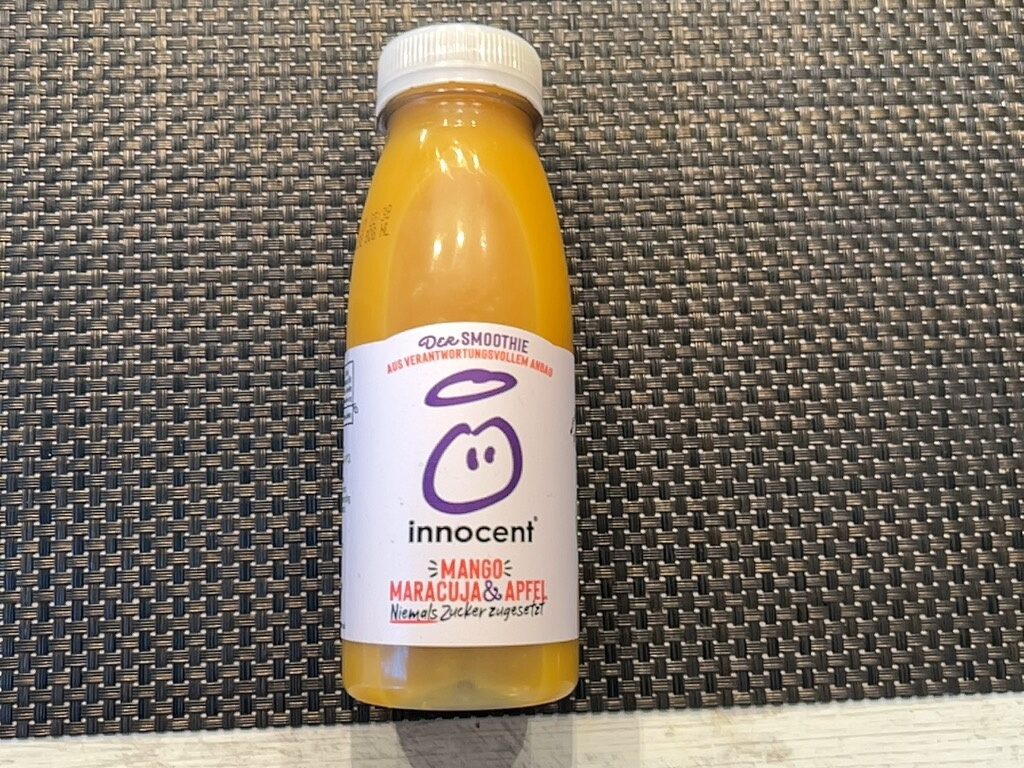It's no secret the amount of information online is massive. A question arises… How to stand out? Give your reader the opportunity to identify with you and build a relationship by sharing your stories.The main purpose of stories in marketing is to evoke an emotion in the reader, such as admiration, joy, fear, empathy or sadness.
EXAMPLE – A neighborhood bakery promotes a cake. She shares: “The cake is a mixture of flour, sugar, butter and cocoa, baked for 30 minutes. This is the cake's technical details, or its characteristics.
On the other hand, by sharing instead: “By going to the bakery this morning, you will discover a chocolate cake coming out of the oven. Its aroma will charm you even in the street. When you cut it, you will admire its soft texture and its still runny heart. The chocolate smell will spread throughout the household, to the delight of the whole family. »
The version that will have aroused the most desire and the most emotions in you is most likely the second. You might even have salivated while reading her story! This is the power of “storytelling”.
In fact, those who do storytelling are also doing content marketing, but the reverse is not always true. All stories are content, but not all content is story. It is important to find a balance.
Stories help connect with your audience. Always stimulated, the attention of Internet users is difficult to capture. Rejecting mundane and simple information is almost automatic. An out-of-the-ordinary story makes it easier to grab attention.
They also help build trust. Stories often address customer pain points, connect with them, and prove your authenticity. This type of content can even create a sense of intimacy with the company and be the pillar of a deep and lasting relationship.
Finally, it is a less aggressive sales approach. Stories allow the audience to stay comfortable in the relationship, without feeling trapped.
Generally, your story should have a problem, a solution, and an emotion. Stories that meet these three criteria build customer loyalty by igniting authenticity and emotion. To achieve this, you can, for example,
draw inspiration from the experiences of your customers, use anecdotes related to your company, rely on your own experiences with which your audience can identify, or even revisit the story behind the invention . of a product. Your creativity is your ally in this exercise.
To have a captivating story, there are a few rules to follow:
Find the story in which your customer is the hero . Who says emotion, says identification and memorization. The human being retains more information that sticks to his skin, than another that leaves him without shivers. Find the vein that will make you smile, laugh, move, cry, feel. In other words, create the human story behind your business. It's about seducing your target customers with stories that add value to your communications. The choice of the desired emotion is also important. If humour and caricature are in vogue, this editorial line is not permitted for all communication messages.
Nowadays, being present on the web is not enough. Your publications must be alive! Your target audience will become the main character of your storyline. If you're a hotel chain, target your messages to the types of people who are the heroes of your business. Are they retired women and men, families who participate in sports tournaments in the region or rather customers looking for a gastronomic experience? The more you target your personas , the more personalized your communications will be.
Thus, the way you express yourself, communicate, the choice of your subjects, your tone in your correspondence, all must make your audience react. If you do not yet know the interests of your target audience consult us to help you create a winning marketing strategy for your business.
In every good story, there is a hero. Ask yourself how your brand can address a pressing issue? It is up to you to create solutions to these problems, real or perceived. At this stage, the time has come to build up the suspense. When I talk about problems, I think, for example, of Bonjour Québec advertisements in the spring of 2021, when all borders were still closed due to the Covid-19 pandemic.
The ad “Think you've seen everything in Quebec? » provoked a need to travel, without leaving Quebec. According to the news, all regions of Quebec have obtained a visit record, despite health restrictions.
Just as consistency is one of the 5 golden rules of an effective content strategy , it is important to maintain a constant narrative over time, and be careful not to change the axis of communication too often. As mentioned, a good story always has a beginning, a middle and an end. Give your storytelling time to carve out a niche.
Constancy also means making choices. You will probably not be able to be present on all platforms and publish content there at the ideal frequency. Thus, it is better to publish once or twice a week, every week, with regularity and originality, than to scatter. Some pages publish content in bursts, to follow up later with silences of several weeks, for example. Social media algorithms tend to penalize this kind of approach.
Last but certainly not least is the importance of having people speaking on your behalf, rather than just relying on posting advertising content. We know that 14% of people believe in a company's advertising, while 92% of people trust the opinions of others, whether parents, colleagues or friends, but also complete strangers whose comments we read online. !
Several brands promote content, comments and consumer opinions directly on their website, on the home page, to mark transparency and authenticity. It is therefore important to engage in discussion on these forums and on social media, where you are talked about anyway. Might as well get into the conversation and correct the shot, when necessary, right?
Make yourself comfortable and think: “What do I have in common with my customers and who might interest them? PS: If you still don't know who your customers are, it's time to review your communication strategy !
Here are a few examples to help you understand the concept even better.

The very famous sports brand was one of the pioneers in terms of the use of storytelling. It builds its advertisements with a baseline “Just Do It”, through which athletes around the world identify. In its advertisements, Nike transcribes values such as surpassing oneself, team spirit and talks about the fact that everything is possible in life. In the brand's spots, we often discover the story of a professional or non-professional athlete, to highlight that you have to believe in your dreams and that everything is possible with determination and Nike products.

Another brand very gifted in storytelling: Innocent. Famous for its smoothies and fruit juices, it capitalizes on simplicity and humor. They claim it, their recipes are natural and of a certain freshness, their communication too! Innocent has brilliantly succeeded in getting a human and accessible brand label attached to everyone, which makes you smile and make you happy.

Our last and not least example is the famous Apple brand. You have surely already heard that Steve Jobs started the Apple adventure in his garage. Well, the brand's communication was heavily based on this anecdote in order to humanize it. One of the most innovative brands of our century started in a simple garage? Don't look, we are right in the storytelling. From now on, the brand regularly relies on touching stories through its advertising spots, to subtly stage the product in moments of life.
You must be logged in to post a comment.